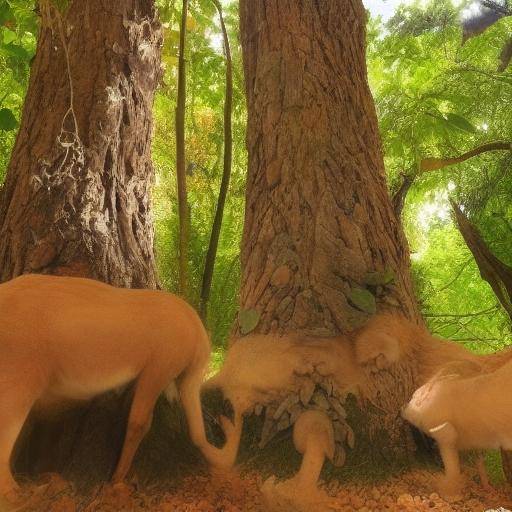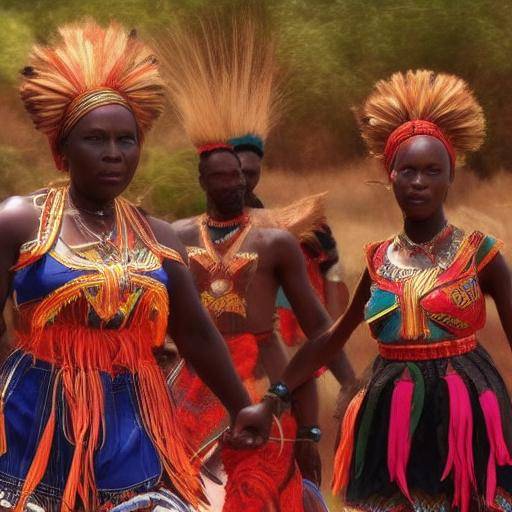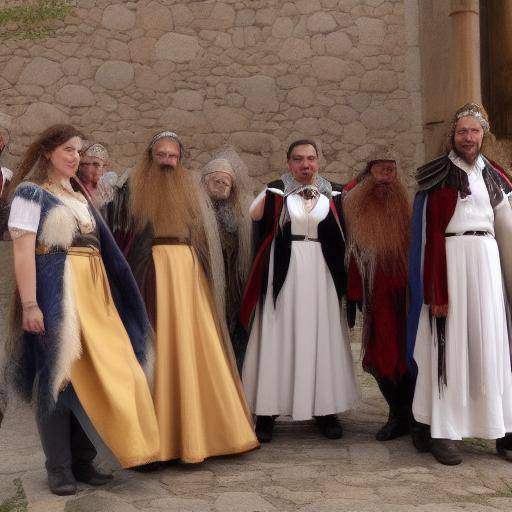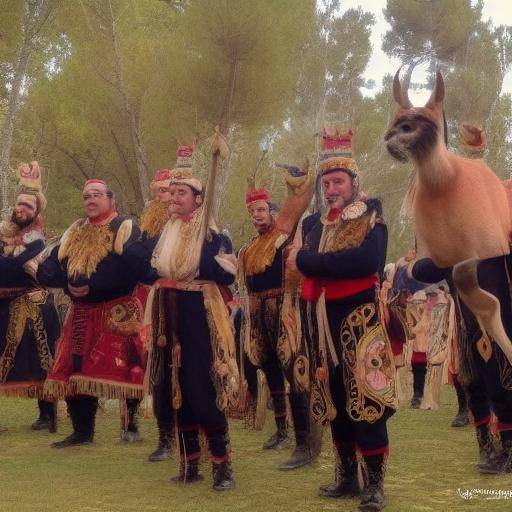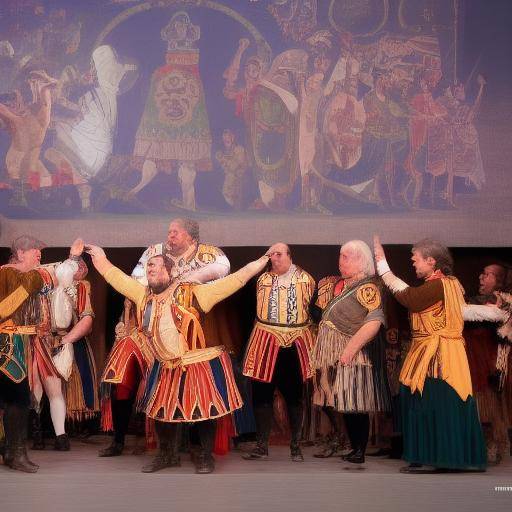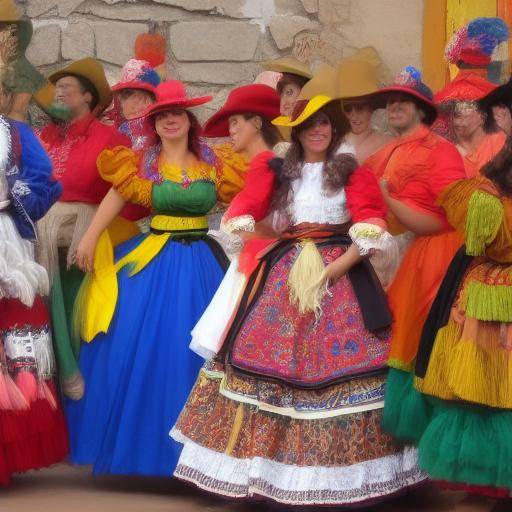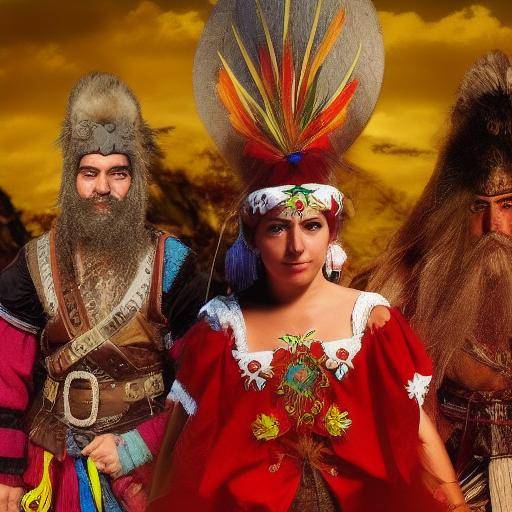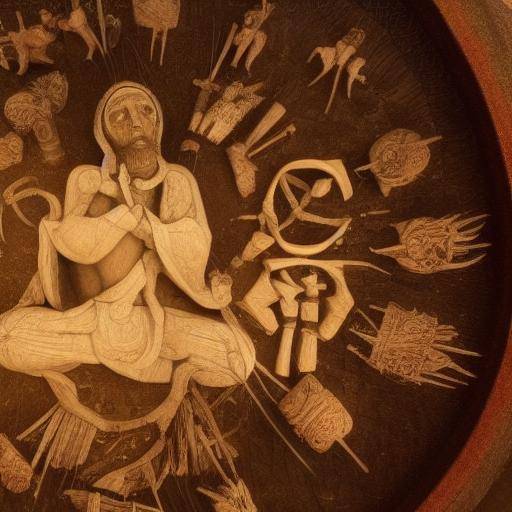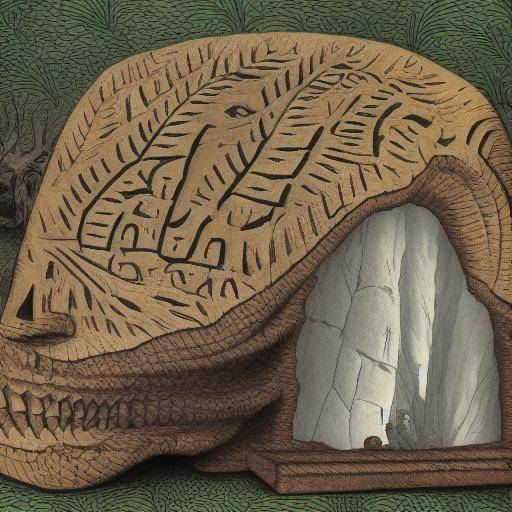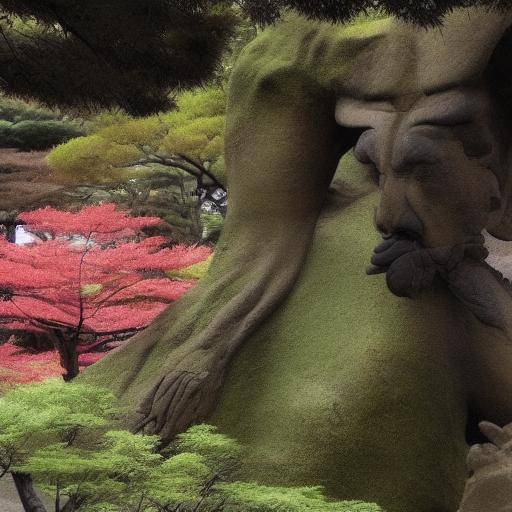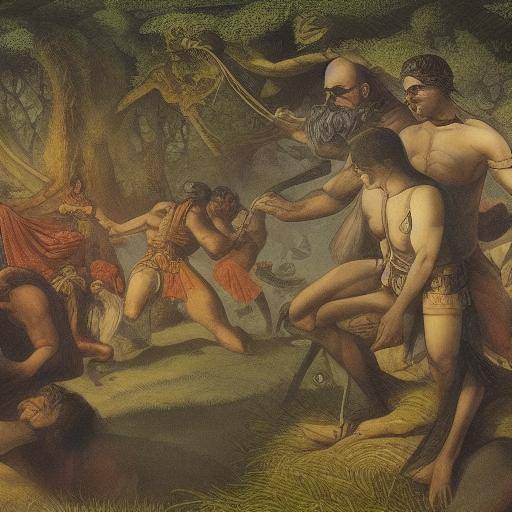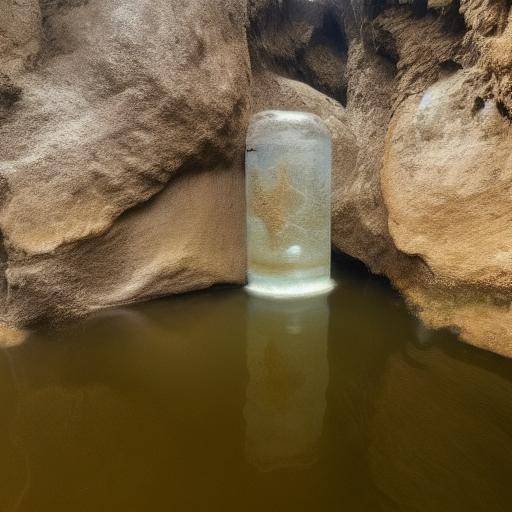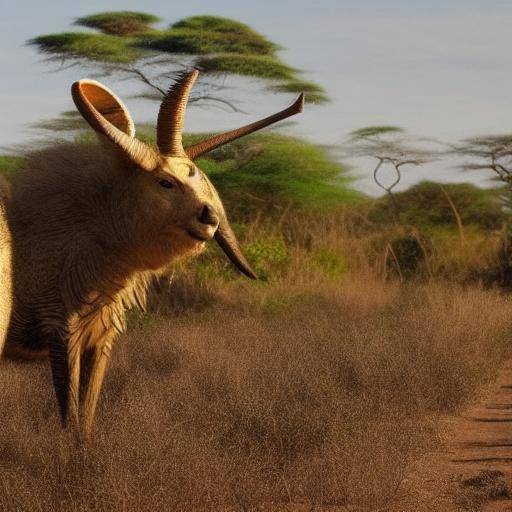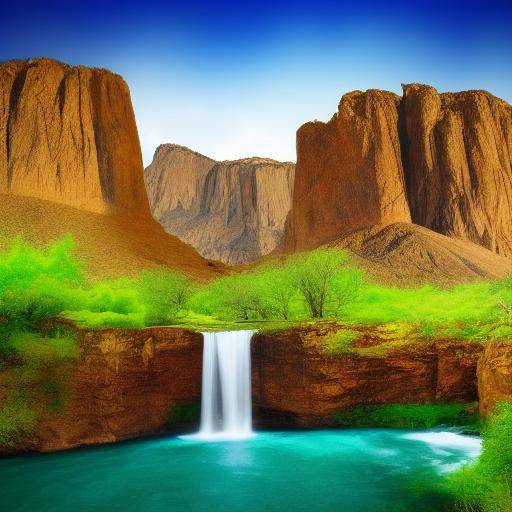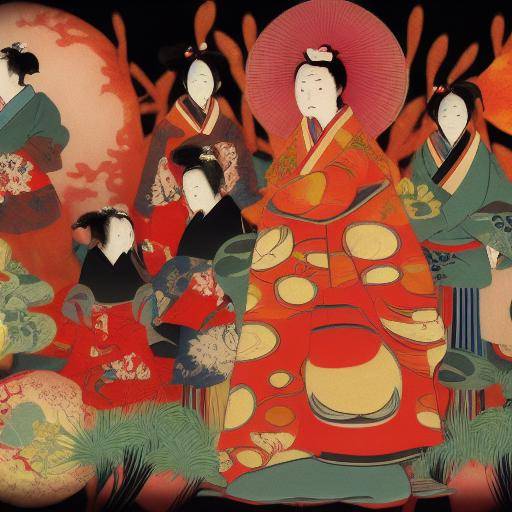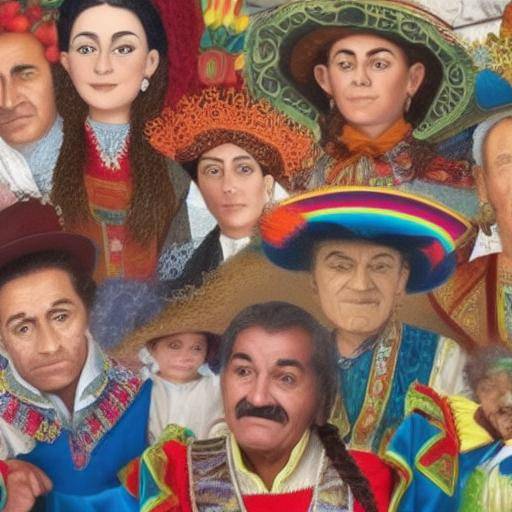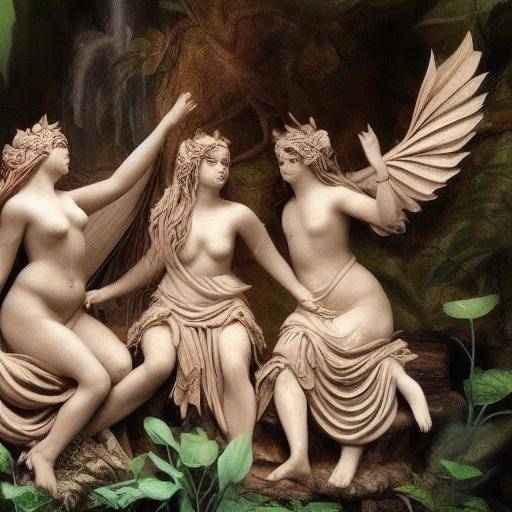
The mythology of all cultures around the world is full of magical and divine beings that personify different aspects of nature. One of the most fascinating of these beings is the Nymphs, spirits of nature that have captivated the imagination of humanity over the centuries. In this article, we will explore in detail who the nymphs are, their relationship with nature and their legacy in mythology.
Introduction
Ninphas are mythological beings who have been venerated and feared by various civilizations throughout history. His presence in the legends and myths of ancient cultures is a testimony of his importance in the understanding of nature. Through this article, we will discover the essence of the nymphs, their role in the mythological cosmos and their relevance today.
History and Background
The nymphs have their roots in Greek mythology, where they were known as minor goddess associated with nature, waters, forests and mountains. They were regarded as guardians of wildlife and protectors of different natural spaces. Moreover, they were given the responsibility to preserve the harmony between the gods and nature. Over time, the figure of the nymphs expanded to other cultures, assuming various forms and functions.
Origins and Evolution
The concept of nymphs dates back to ancient times, where they were worshipped as minor deities that personified the beauty and vitality of the natural world. Over the centuries, the nymphs have been transformed and adapted to the beliefs and customs of different civilizations, maintaining their close connection to nature.
Importance and Meaning
The nymphs played a crucial role in mythology, as they represented the interaction between the divine and the earthly. His influence on the human perception of nature has endured over the centuries, inspiring numerous literary, artistic and musical works that exalt its beauty and mystery.
Classification and Types
Ninphas are classified according to their associated habitat, distinguishing between aquatic, terrestrial and underground nymphs. Each type of nymph exerted its influence on a specific domain and intertwined with the very essence of nature.
Legends and myths
Throughout history, numerous legends and myths have narrated the exploits and prowes of the Ninphas, highlighting their proximity to fauna and flora, as well as their participation in epic stories and epic poems. These stories often reflected the importance of maintaining balance and harmony with nature.
Deep analysis
Contemporary Relevance
Despite their ancestral origin, Ninphas remain a source of inspiration today. His image has permeated popular culture, manifesting itself in contemporary forms of art, literature and cinema, which evidences its perdurability in collective consciousness.
Influence in the Society
The idea of nymphs has transcended the borders of mythology, influencing various aspects of society. Its symbolic representation has been incorporated into environmental movements, fostering the preservation of the environment and promoting spiritual connection with nature.
Exhaustive examination
Current applications and practices
Ninphas persist as symbols of the interconnection between humanity and its natural environment, influencing the design of green spaces, ecological architecture and the promotion of sustainable tourism. His legacy remains alive through the preservation of natural landscapes and environmental awareness.
Comparative analysis
Although the nymphs are entities specifically associated with nature, they share similarities with other mythological beings such as the spirits and deities of nature. However, each has unique features and powers that distinguish them, creating a rich fabric of beliefs and traditions related to the natural world.
Practical Tips and Accessible Recommendations
Connection with Nature
Incorporating elements that connect us with nature in our daily environment can help to cultivate greater appreciation and respect for the environment, following the example of the nymphs in their harmonious relationship with nature.
Industry Perspectives and Expert Reviews
Cultural and Creative Legacy
The cultural and creative legacies inspired by the Nymphs continue to influence fields such as art, literature and music, showing their lasting relevance in artistic and cultural expression.
Case Studies and Real Life Applications
Artistic inspiration
Several artists and creators have found in the Ninphas a recurring motive for expressing their special relationship with nature. His works reflect the spiritual connection between humanity and the natural environment, deepening in the naturalistic and ecological aesthetics.
Future Trends and Predictions
Renewal of Ecological Consciousness
Ninphas, as symbols of nature, feed the awareness of environmental preservation and sustainability, influencing the promotion of ecological practices and the search for a greater balance with the natural environment.
Conclusion
Ninphas, as spirits of nature in mythology, have left a profound mark on the way humanity perceives, values and respects the natural world. His legacy endures through generations, reminding us of the importance of preserving the harmony between humanity and nature.
Frequently asked questions
What is the function of nymphs in mythology?
Ninphas played a crucial role as guardians and protectors of nature, maintaining the balance between the gods and the natural world. His presence symbolized the spiritual connection between humanity and earth.
Do the nymphs have counterparts in other cultures?
Yes, different cultures possess their own versions of the nymphs, such as the driads in Celtic mythology or yōkai in Japanese mythology. These entities share similar traits in their relation to nature.
How do Nymphs influence current society?
Ninphas exert a symbolic influence on environmental movements and the promotion of sustainable practices. His image has inspired environmental awareness and respect for nature.
Why is it important to keep the ninpha legends?
Legends of the Nymphs convey values of respect for nature, harmony with the environment and the need to preserve natural spaces. Keeping your memory alive can foster greater environmental awareness.
What lessons can we learn from nymphs today?
Ninphas remind us of the importance of recognizing the interconnection between humanity and nature, as well as the importance of caring for and protecting our natural environment for future generations.
What impact do nymphs have on contemporary culture?
Ninphas continue to influence contemporary culture through their presence in literary, artistic and cinematic works, as well as in ecological movements that seek to preserve nature.
In conclusion, the nymphs continue to fascinate and captivate through their sacred connection with nature. His legacy endures as an inspiration to preserve and honor our natural environment, reminding us of the importance of maintaining harmony between humanity and earth.

